HIV-positive organ donors and recipients open new doors
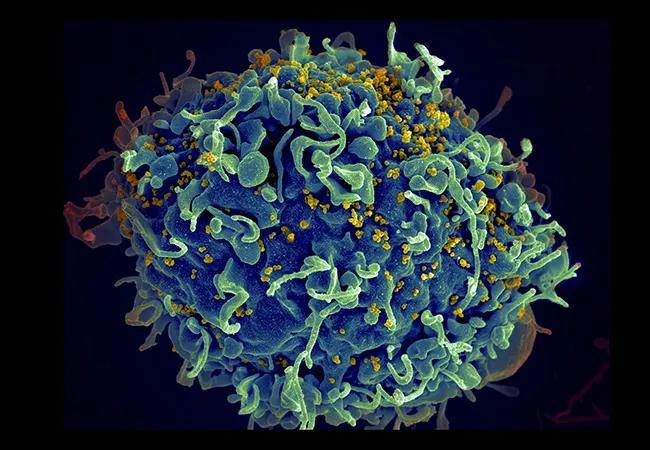
Cleveland Clinic is a non-profit academic medical center. Advertising on our site helps support our mission. We do not endorse non-Cleveland Clinic products or services. Policy

Richard Fatica, MD
Kidney transplantation has become the preferred therapy for end stage renal disease (ESRD), improving survival and quality of life for patients on dialysis. Kidney transplantation approximately doubles the life expectancy of ESRD patients compared with those remaining on dialysis. In addition, numerous studies show a markedly improved quality of life with transplantation versus maintenance dialysis.
With advances in medicine, the opportunity for transplant has been extended to patients previously considered ineligible. For example, older patients and those with liver disease and some treated cancers may now be considered for kidney transplant.
In addition, chronic infections, once considered a contraindication for transplant and the required immunosuppression medication, are now being reassessed.
Infection with the human immunodeficiency virus (HIV), the etiologic pathogen of acquired immune deficiency syndrome (AIDS, the severe immunocompromised state of HIV infection), was once a fatal disease that lacked adequate treatment. Today, with the development of effective therapies, HIV-infected patient survival has dramatically improved such that a well-controlled patient has no increased mortality risk compared to non-infected individuals.
Therefore, it is reasonable to ask why ESRD patients with HIV infection should continue to be denied the opportunity for renal transplantation.
Current estimates are that 1.2 million Americans 13 and older have HIV infection, with about 156,300 unaware that they are infected. The average rate of infection in the United States in 2014, the latest year available, was 13.8 cases per 100,000 people, with the highest prevalence in the South, with 18.5 cases per 100,000 people.
Approximately 2 percent of HIV patients will develop kidney disease leading to ESRD. Renal failure in these cases largely results from HIV-associated nephropathy, but immune complex kidney disease has also been described. Treatment for kidney disease in HIV patients largely consists of combination anti-retroviral therapy, which can delay progression to ESRD.
Until recently, HIV-infected patients were not considered candidates for transplant due to the concern for the possibility of overwhelming infections in an already immune-compromised state.
In 2010, a landmark study in the New England Journal of Medicine examined the outcomes of 150 patients with well-controlled HIV infection and ESRD who received kidney transplants. The entry criteria were strict: undetectable HIV load, CD4 counts greater than 200 and no current opportunistic infections.
The study showed that patient and graft survival rates in this carefully selected HIV-positive cohort were intermediate between outcomes for older (≥ 65 years old) and all non-infected transplant recipients.
Surprisingly, acute rejection rates were higher in the HIV cohort, approximately double to triple the usual rate in non-HIV patients. Subsequent studies suggest this is secondary to being overly cautious in the HIV patients’ immunosuppression regimen, fearing overwhelming infection. The choice of induction agents can ameliorate the risk of rejection. Importantly, there was no increase in viral load or serious infections unless the CD4 counts dropped to less than 200, when an increase in pneumonia, bacteremias and urinary tract infections was seen.
The authors of the NEJM study reported that patients’ HIV infections continued to be well-controlled post-transplant, and concluded that kidney transplantation in HIV-infected recipients is highly feasible.
Researchers examining factors that impact renal transplant graft survival in HIV-positive recipients recently reported that co-infection with the hepatitis C virus and the presence of more than three HLA mismatches amplify the risk of graft loss.
The scarcity of available donor kidneys and the feasibility of renal transplantation in HIV-positive recipients prompted consideration of using organs donated by HIV-positive subjects. South African transplant surgeons were the first to perform this HIV-positive donor/recipient procedure, in four patients in 2008. Preliminary results showed 100 percent patient and graft survival at one year post-transplant.
The South African researchers recently reported five-year follow-up results for the four original and 23 additional HIV-positive recipients who received HIV-positive donor kidneys from 2008 to 2014. Patient and graft survival rates were equivalent to the rates in non-infected donors, and all recipients remained with undetectable viral loads.
Using HIV-positive donor kidneys for HIV-positive recipients is still being evaluated in the United States. Until 2013, federal law prohibited transplantation using HIV-positive organs. Congress passed legislation overriding the ban after research showed that 500 to 600 HIV-infected donors annually would be eligible to donate kidneys, livers and other organs if the prohibition were lifted, saving about 1,000 lives annually. In January 2016, Johns Hopkins University received approval from the United Network for Organ Sharing to perform the first U.S. HIV-positive donor/recipient renal and liver transplants, and the initial procedures were conducted in March.
These developments mean that additional HIV-positive ESRD patients will be eligible to receive kidney transplantation and experience benefits similar to those of non-infected patients.
Dr. Fatica is a staff member of Cleveland Clinic Glickman Urological & Kidney Institute’s Department of Nephrology and Hypertension, and of the Transplantation Center.
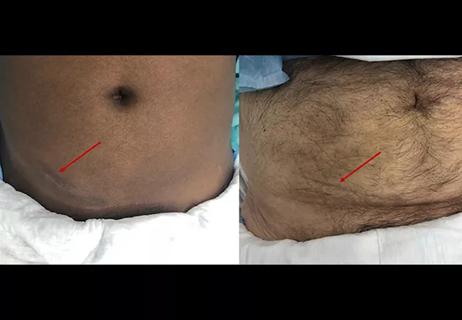
Smaller incision may lead to reduced postoperative pain for some patients
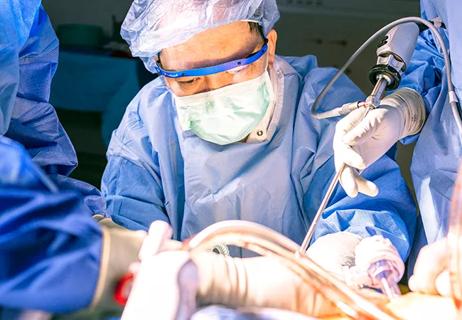
Improving access to lifesaving kidney transplant

The process could improve access and equity for patients with end-stage kidney disease

Video offers glimpse into technically challenging portion of the procedure
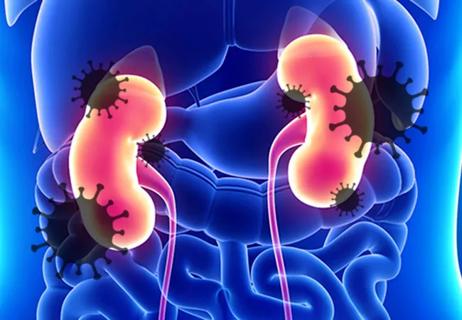
Infectious disease and kidney transplant specialists share key insights
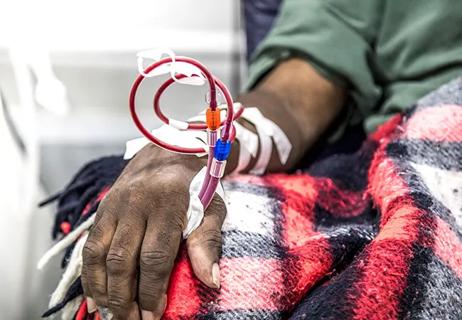
Demographic and social factors found to influence preemptive listing

New interventions and policies haven’t increased wait-listing

Cleveland Clinic surgeons use single-incision robotic surgery to perform kidney transplant